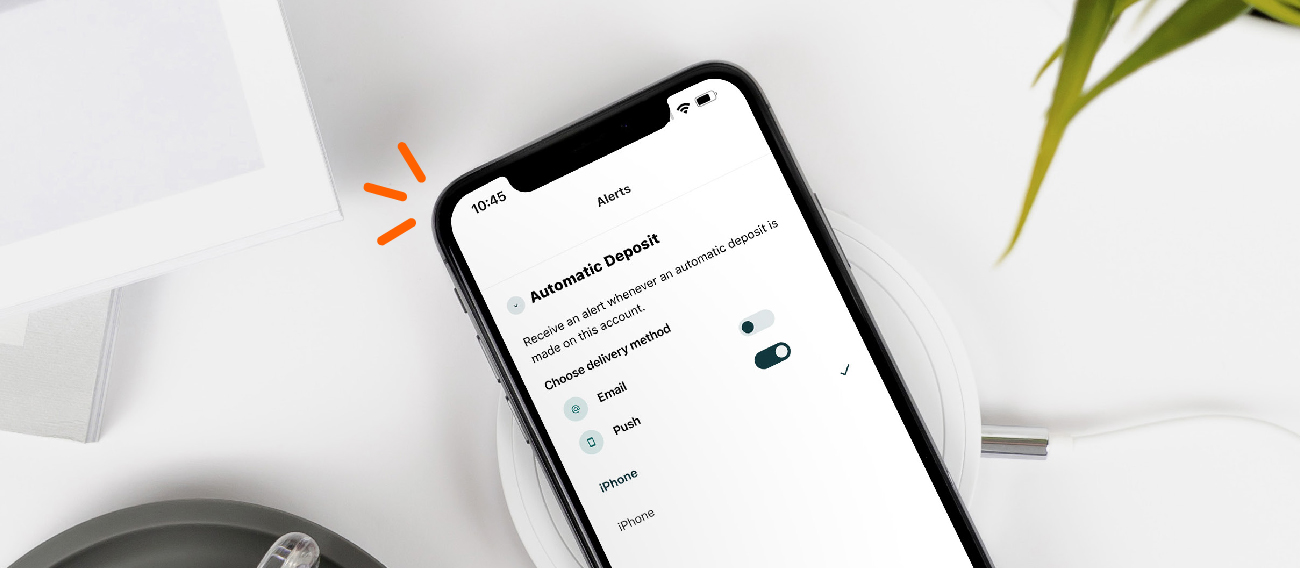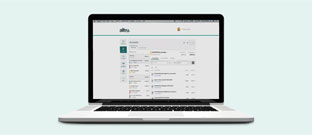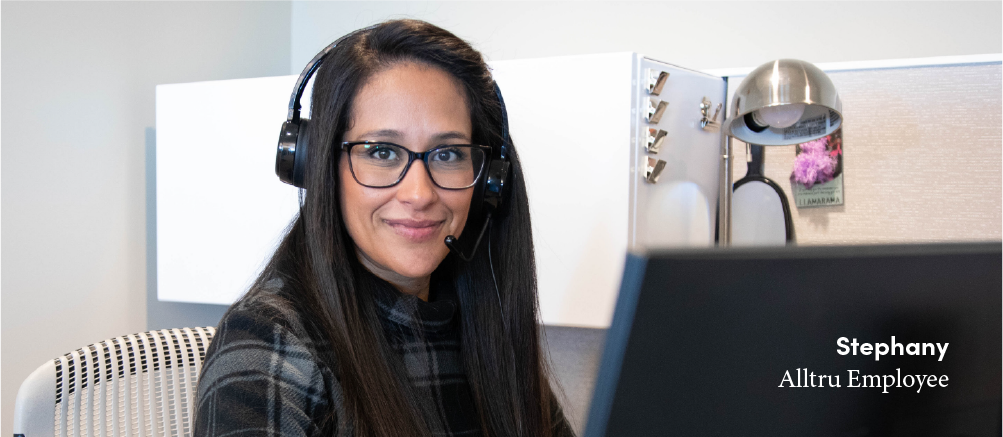With the price of college being so high, many students need a student loan. Some expect that a student loan is their fate and don’t think much about it. Others try to use ulterior methods to pay for their college expenses first, and then use a student loan as plan B.
While there isn’t a right or wrong way to determine how you will pay for college, you should consider your options before resorting to a student loan. While student loans can serve as a safety net, they also come with a long-term commitment of repayment that can stretch on for years into the future.
Your first step in determining your best path to pay for college is to fill out the Free Application for Federal Student Aid, or FAFSA. The FAFSA collects information about your and your parents’ checking and savings account balances and federal tax returns. Your parents’ information isn’t needed if you filed your taxes as an independent.
The results of the FAFSA determine your eligibility for federal and state grants and scholarships. This is free money for you to put directly toward your college tuition. You will have to submit the FAFSA each year, as financial situations change. Depending on how your financial situation has changed, you could receive different grant amounts each year.
In addition to federal and state grants, you can also apply for private grants and scholarships to reduce the cost of college. This can include your high school, college, employer, and other local organizations. These applications might need information from your FAFSA. The FAFSA deadline is usually in June each year, but some scholarship and grant applications might need the information sooner. Pay attention to those deadlines!
Private grants and scholarships can add up and greatly contribute to covering your college expenses. You may be able to cover your expenses for another semester or two because of the amount of scholarship and grant money you’ve been awarded.
The results of the FAFSA also impact your eligibility and the amount of money you can borrow through a federal student loan. A perk of federal student loans is that you don’t have to start paying off your loan balance until after you graduate. This means you can spend your current savings on upcoming tuition costs and not a loan balance.
There are several different types of federal student loans. A Direct Subsidized student loan is available to those who have demonstrated financial need based on the results of the FAFSA. Your college will determine how much of this loan you can take out each year. However, it won’t exceed $5,500. With this loan, the U.S. Department of Education pays toward your interest while you’re enrolled and for a specific period of time after you graduate.
A Direct Unsubsidized loan is for students who don’t have financial need based on the results of the FAFSA. Students can borrow up to $20,500 but the amount can vary depending on if they also took out a direct subsidized loan too.
If your parents claimed you as a dependent on their taxes, they could borrow with the Direct PLUS loan. They can take out the amount of their child’s tuition cost minus financial aid that the student accepted. This prevents them from taking out a larger loan than they need to.
Just because you can borrow a certain amount through a federal loan doesn’t mean that you should. You have other loan options! Private student loans are available through third-party organizations. These organizations may use your FAFSA results to determine how much you can borrow. Interest rates and rate terms can vary depending on your situation.
Alltru offers personal loans that you can use for your college expenses. What’s a better place to borrow from than the credit union you already know and love? With a private loan from Alltru, you will start paying toward your balance immediately. This is a great option for those who want to pay off their loan in a shorter period of time.
Several former students were impacted by student loan payments resuming in October 2023 after the pause during covid. For some, this made us wonder if there are other student loan forgiveness options. Fortunately, there are! These can be great to keep in mind if you are a current or upcoming college student too!
Teachers can take advantage of Teacher Loan Forgiveness for their Direct loan or Federal Family Education loan if they have taught for five years in low-income schools.
Government employees, not-for-profit workers, medical workers, and teachers may be eligible for Public Service Loan Forgiveness if they’ve been paying toward their loan for 10 years already.
Current and former students of Fontbonne University may be eligible for student loan forgiveness or a closed school discharge if they have a Direct loan, Federal Family Education loan, or Federal Perkins loan. Even students who have paid off their balance can receive reimbursement.
Receiving student loan forgiveness can help lift the burden of college costs. However, not everyone can take advantage of the forgiveness offers. At the end of the day, you probably still have some balance left to pay. Whether your loan covered just your final years or your entire college education, here are tips to help you pay off your balance.
First, determine what you owe. You can find your principal amount (original amount), current balance, and interest rate in your online account for whatever organization you borrowed from. Take note of your minimum monthly payment and when it is due.
Next, consider consolidating your loans if you have more than one monthly payment. Consolidating your loans can help you more easily manage your loans. However, this may extend the time you are paying toward your loan balance. Pay attention to the details. If you don’t know where to start, come to Alltru. We can help consolidate your loans into one monthly payment with a personal loan.
Add your minimum monthly payment to your budget. If you don’t pay the minimum balance on time each month, you’re hurting yourself in the future. This could result in taking more time to pay off your student loan, paying more interest and damaging your credit score. If you are able, pay more than the monthly minimum. Any additional contribution goes toward the loan principal and not the interest, so you’re saving yourself more money in the future.
Just like finding the perfect college took time, so does finding the best way to pay for your college expenses. Fortunately, student loans are a common way to help you get through your college journey. While you will be paying toward your loan for a while after you graduate, the benefits your college experience offer are often worth the cost. If you need help along the way, Alltru’s financial advisors can help. Congratulations on this next step in your journey!







